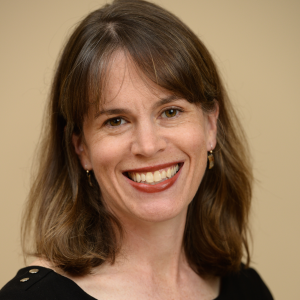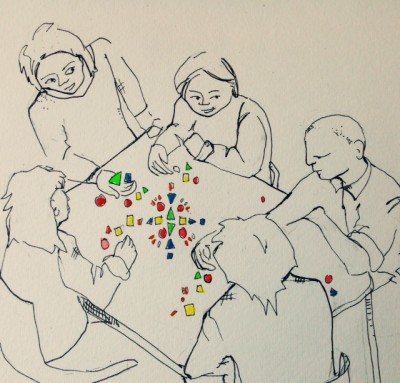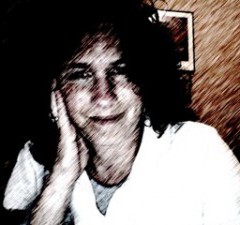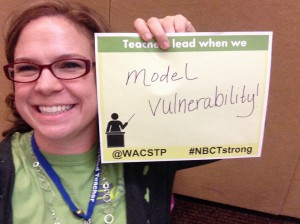
This guest blog post is courtesy of Amanda Ward, who is a National Board Certified teacher from Bainbridge High School (BHS) where she has taught Social Studies for 15 years. This year Amanda is serving as a part-time teacher and part-time instructional coach at BHS. She also is a National Teacher Fellow for Hope Street Group, focusing on teacher preparation issues in the U.S.
Last year, if someone had asked me about my thoughts on Teacher Prep, I likely would not have had much to say. I completed my teacher preparation program nearly twenty years ago and it really is a distant memory. The job of a teacher has changed in those twenty years and I have evolved as an educator to meet those new demands. Frankly I really hadn’t thought much about my training and early development, until recently. Now, after a number of new experiences this year, I have a lot to say about this topic and the need for all teachers, particularly experienced teachers, to take active roles in teacher preparation.
For the past year I have served as a National Teacher Fellow for the nonpartisan nonprofit Hope Street Group. One of the primary responsibilities of that position was participating in a national research project on teacher prep. Over six weeks, the 17 other fellows and I conducted in-person focus groups and distributed surveys in order to gather the opinions of nearly 2,000 teachers in 49 states about how they were prepared and their wishes for aspiring educators. We produced a report called On Deck: Preparing the Next Generation of Teachers that features the findings and recommendations from our research. What is not surprising was that teachers emphasized the importance of deep clinical experience as well as training in how to effectively work with high-needs populations. But this research also reminded me that practicing teachers need to take an active role in both assisting in the training of teachers as well as demanding that universities and school districts provide the preparation and support needed for individuals to be successful entering this incredibly challenging job.








